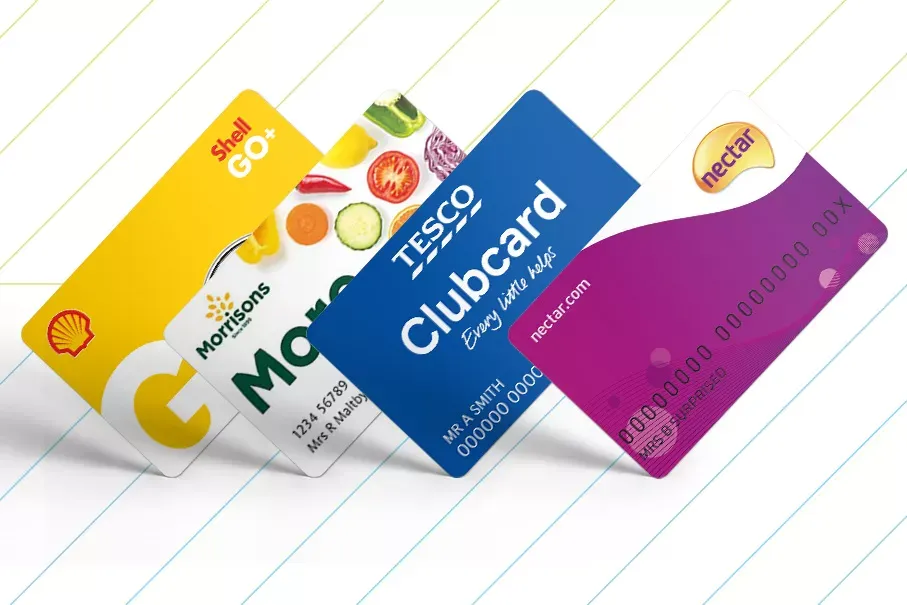
26/04/2017
There are many options available to record the journey miles undertaken by your drivers and we examine each one, outlining the particular pros and cons. Whichever one is chosen, it is essential to have robust auditing procedures in place.
Why capture mileage in the first place?
Quite simply, a company must record their business mileage in order to be HMRC compliant and avoid potentially hefty fines for inaccurate records. But there are many other benefits:
- Cut fuel bills by switching from Advisory Fuel Rates (AVRs) to an exact pence per mile
- Taxation benefits include better VAT reclaim and the potential to link mileage to subsistence allowance
- Time and admin saving for drivers, especially if details are prepopulated
- Time and admin saving for companies, particularly if a third party caries out mileage audits
- Supports C02 reporting and reduction targets
The options available are:
1: Handwritten logbook
A logbook is kept in the vehicle, with the driver jotting down their business journeys. Up to 25% of all drivers still use this system as it’s the simplest, cheapest option and may suit drivers who cannot get online. However, there is potential for inaccuracy, often insufficient space for detail and reports cannot be run off.
2: Spreadsheet
Drivers log mileage electronically on a spreadsheet. It is usually inexpensive as most companies have Microsoft Office and easier admin-wise than handwritten logbooks. Once again, this option may be prone to inaccuracies and can be hard work for some drivers.
3: Online mileage capture
Drivers log in, verifying their vehicle’s details, entering ‘from’ and ‘to’ postcodes for their journey. They can also record their odometer reading to calculate private mileage for reimbursement if they are using a fuel card. This is a more accurate and sophisticated option than a spreadsheet or logbook with the potential to switch from AFR rates to paying for actual fuel. However, it still relies on drivers inputting journeys and providing odometer readings.
4: Electronic expense system
Drivers input their journeys directly into the company expense system. They are able to record ‘favourite journeys’, thereby relieving the admin burden for drivers. However, it may be difficult to extract accurate mileage data or run specific reports.
5: Dongle/mileage logger
The driver plugs the dongle into the car’s USB port and the journey is recorded via GPS. Data can be uploaded and stored on a computer or remotely depending on the provider. This option requires less reliance on input from the driver, reduces admin and is cheaper than telematics/vehicle tracking. On the negative side, drivers may forget to plug it in, lose or break it. And it relies on the strength of the GPS signal.
6: Smartphone app
Drivers download an app to their smartphone and track their journey using the phone’s GPS signal. Several car manufacturers offer mileage capture apps free of charge, including Audi. It’s a much more convenient than logging into a computer and is cheaper than telematics/tracking. Drivers, however, may forget their phone, the app will need enabling and may not work with all types of smartphone.
7: Sat-nav
When programming in a journey, a driver may be given the option to record the mileage. This functionality is a cheaper option if the company already provides drivers with sat-navs. Some factory-fit sat-navs, however, do not have the option to record mileage.
8: Fuel cards
When drivers pay for fuel with their fuel card they provide the cashier with their vehicle’s mileage and registration. This can reduce the amount of admin required to submit and process expense claims. Our online calculator shows how much can be saved when switching to fuelGenie vs a traditional pay and reclaim model. See how much you could save here. Of course, not all companies want to issue fuel cards to all drivers who do business mileage.
9: Fleet management software
Fleet management software may include a module for mileage capture. This will work in much the same way as a dedicated mileage capture system (although not as sophisticated) and be part of one integrated system.
10: Telematics
A telematics or tracking device is fitted to the vehicle. At the start of a journey, drivers can usually press a button to select whether it is for private or business reasons. Its accuracy is high and every journey is logged, thus significantly reducing admin. Unfortunately, telematics can prove to be the most expensive option and there may be driver resistance to it. In some instances, drivers may press the ‘business’ option for private journeys.
So which is the best option?
It all depends on a number of factors.
Cost, what the company and drivers already have (fleet management software, fuel cards, telematics, smartphones etc) and company culture.
Interestingly, several providers have started to move towards a combined approach e.g. TomTom offer an app that works with its telematics device.
What do you think? Join in the discussion on LinkedIn and Twitter.


